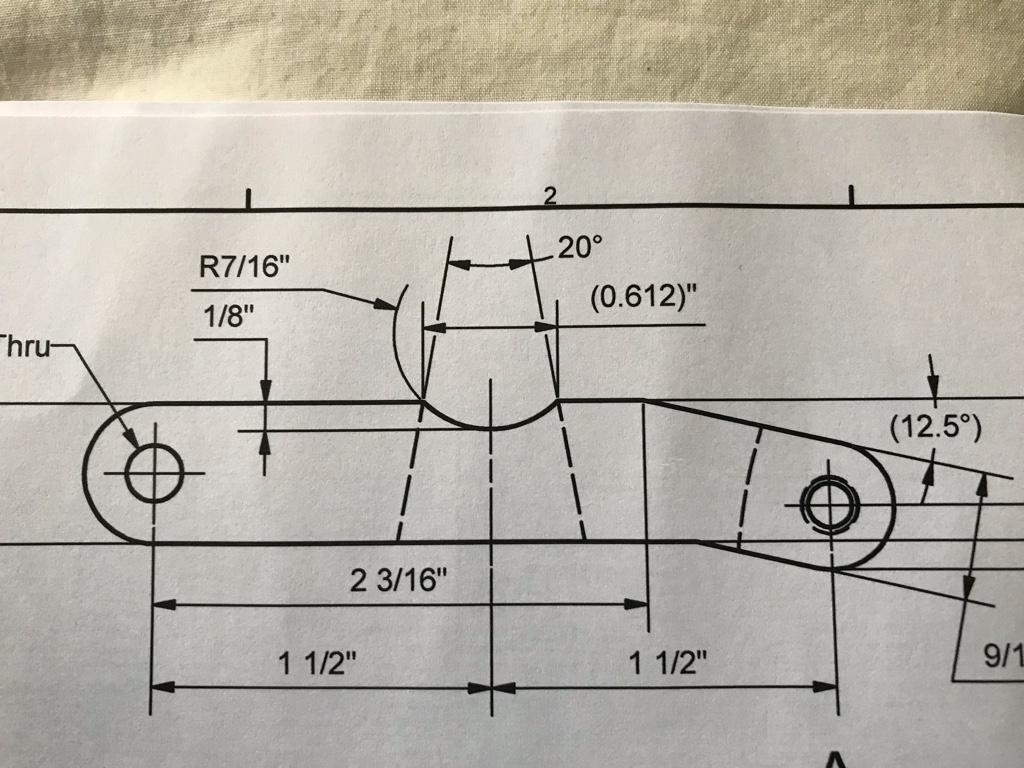Pretty much all the different options would work. At one time or another I have used them. Today I would do the plunge cut with the 3/4" endmill, a couple of thousands shy of the radius. Say .372 instead of .375. It is always easier to cut a little more then to try and put metal back.
The only option I did not see presented was to butt a plate up to the edge and do the whole circle as as UN interrupted cut. I have also done that. It takes some solid clamping but it reduces the chatter and vibration in making the cut. If you elect to start in from scratch, it will take a long time. A boring bar will do it but in very small cuts. The JO Pie video is excellent, but he is using a real mill that can handle bigger cuts and absorb the vibration.
You can also plunge cut with a fly cutter. Again only in very small cuts. The problem with that is tricky measuring and setting in the final cuts so you don't over shoot your dimension.
When you get close with boring bar or fly cutter, blue the surface and bring down the cutter and scratch it. Measure maybe 4-5 times, walk away and then come back and measure again. Close your eyes and hold your breathe and it will all be over in seconds. Been there, done that!!!!!
By the way, you will come across this problem again and again in machining. The problem stays the same, only the dimensions are changed to protect the innocent.

